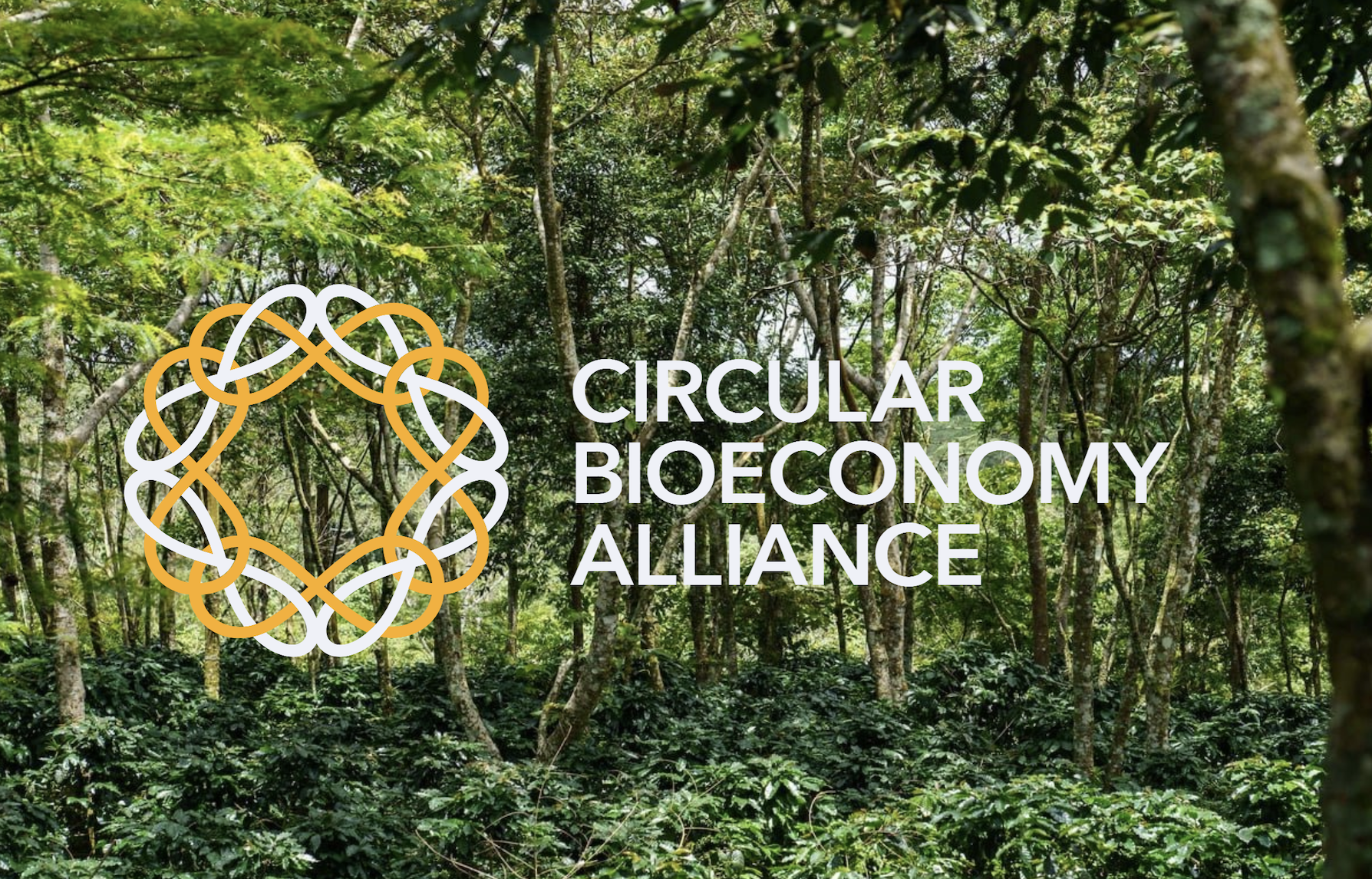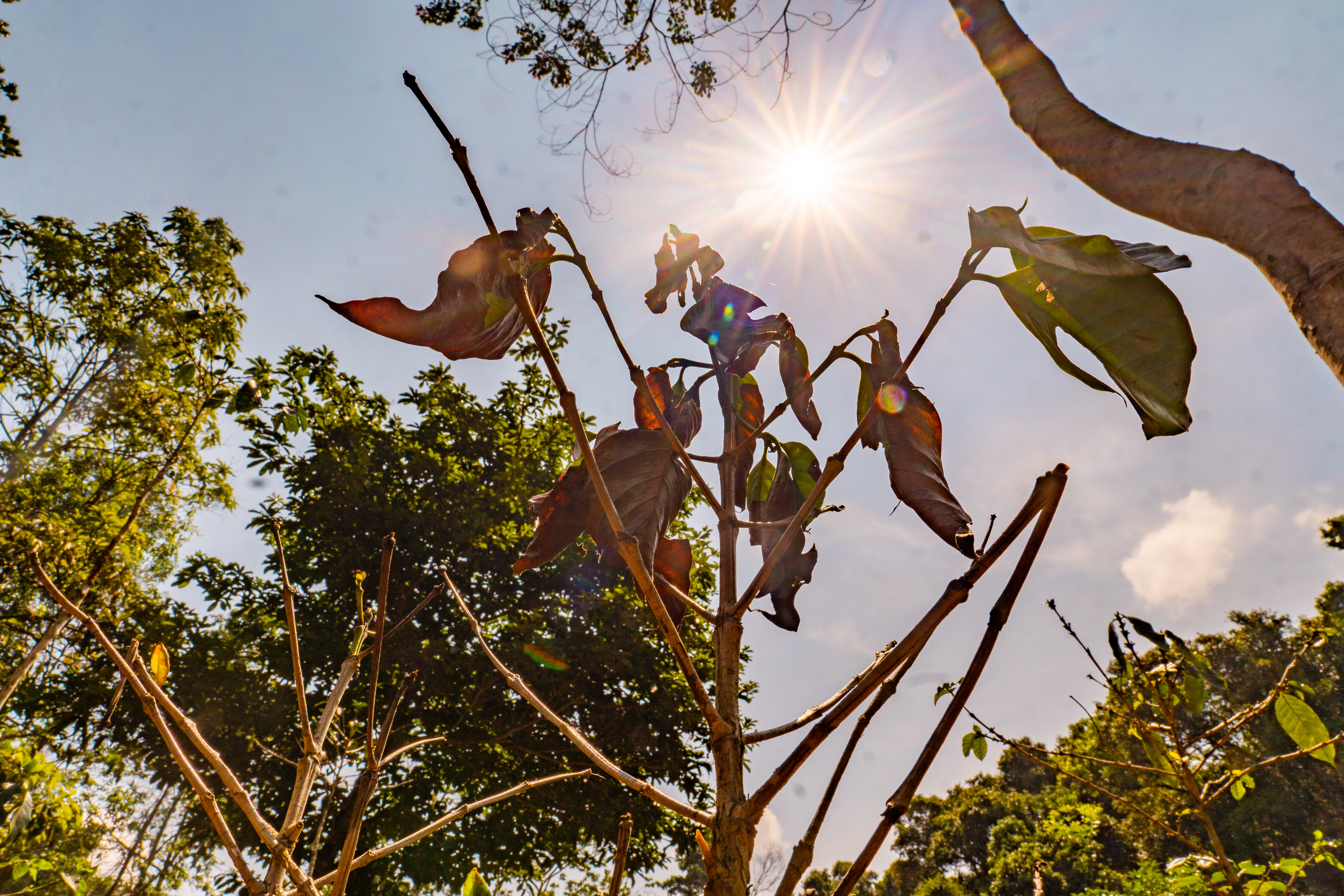Slow acquires African Coffee Roasters – A New Era for Sustainable Coffee
Big news from Slow. African Coffee Roasters is now part of the Slow family. And this isn’t just an acquisition—it’s a major step forward in how...
Aug 2, 2024 - 3 min read
Smallholder farmers produce much of the developing world’s food. More than 475 million small farm families work on plots of less than two hectares. However, they are generally much poorer than the rest of the population in these countries and are less food secure than even the urban poor, according to World Bank.
How can we expect smallholder farmers to feed the world if they can’t feed themselves?
In the mid-2000s, building on the work of Fairtrade and others who fought for fair prices, the idea of a living income gained significant traction.
Living income is intended to reflect the minimum income needed for families to afford a ‘decent standard of living’ and contribute to society.
The income should be enough to cover food, water, a place to live, school, medical expenses, getting around and other necessities such as clothes. Plus, there should be a bit extra for unexpected events.

A living income benchmark represents the minimum income a household needs to cover essential expenses such as food, housing, healthcare, and education while maintaining a decent standard of living. By comparing this benchmark to a household's potential income, derived from factors like crop yields, livestock, and off-farm activities, it's possible to assess the income gap and identify areas where support is needed to bridge the difference. Infographic from living-income.com
As climate change brings more droughts, changing pest threats and warm conditions, living income for smallholder farmers who run the world’s half a billion small farms has become even more critical. It’s a lifeline, providing the financial cushion needed to adapt to changing conditions and improve productivity without harming the planet.
While living income focuses on the overall financial well-being of farming families, the concept of living wage specifically targets the income needs of workers in vulnerable positions, such as hourly paid employees and those involved in agricultural labor.
Unlike minimum wages, which are legally mandated, living wages are voluntary and generally higher. While over 170 countries have implemented some form of minimum wage, according to organisations like UN Global Compact, these wages often fall short of providing a decent living.
For decades, many countries have failed to adjust minimum wages in line with living costs, resulting in wages below the poverty line. Also, a significant number of countries exclude either agricultural workers, domestic workers, or both, from minimum wage regulations.
-1.jpg?width=1200&height=800&name=Mrs%20Somphone%20(Nongsamphan)-1.jpg)
Behind every cup is a story. This is Mrs. Somphone, one of the farmers we work with in Laos. She is working to ensure a sustainable livelihood for herself and her community through coffee farming. © Slow/Saosavanth Ketmala
At Slow, we pay a living wage to the workers in our farms in Laos. Slow’s COO, Sabrina Mustopo says the living wage was set using robust cost-of-living data.
“To determine the living income benchmark and calculate the living income wage, we collected primary information on the cost of various goods and services required for a decent standard of living,” she says.
“We also gathered data on household sizes and number of income earners per family to determine the minimum daily wage to meet living income benchmarks,” Sabrina adds.
This is ‘not a one-time exercise’ for Slow. Cost-of-living changes will be reflected in regular living wage adjustments. “Maintaining a living wage is an ongoing commitment,” Sabrina says. “We will undertake regular reviews to maintain the accuracy of our data. This is especially crucial in countries like Laos, where inflation rates are notably high.”
Factors affecting living income in coffee sectorPrice volatility The coffee market is known for its price fluctuations, which can lead to severe financial hardship for farming families. Consumer pressure Major consumer goods companies face increased reputational and legal pressure to clean up their supply chains globally, ensuring ethical sourcing of coffee. NGO and industry initiatives Organisations like Fairtrade, Rainforest Alliance and the Sustainable Coffee Platform began to prioritise living income as a key metric for assessing the sustainability of the coffee sector. Global development agenda The adoption of the Sustainable Development Goals (SDGs) in 2015, particularly Goal 8 on decent work and economic growth, provided a broader framework for addressing poverty and inequality, including in the coffee sector. |
Want to learn about Slow's approach? Contact us.

Big news from Slow. African Coffee Roasters is now part of the Slow family. And this isn’t just an acquisition—it’s a major step forward in how...

A few years ago, coffee and chocolate were just products. But at Slow, we’re changing the story. We’re not just selling beans and cocoa, we’re...

For years, coffee prices moved with supply, demand, and speculation. That equation has changed.